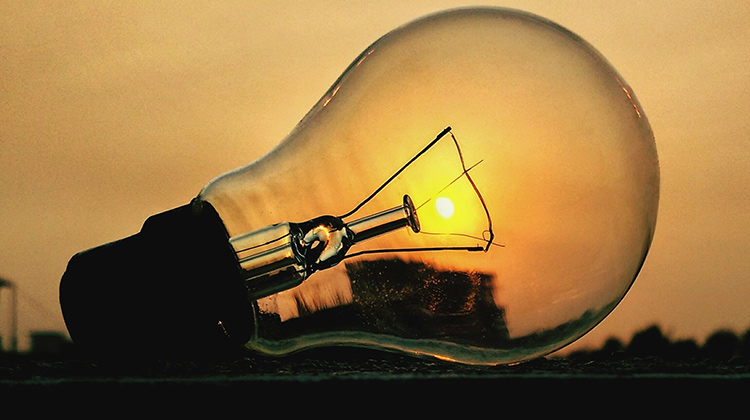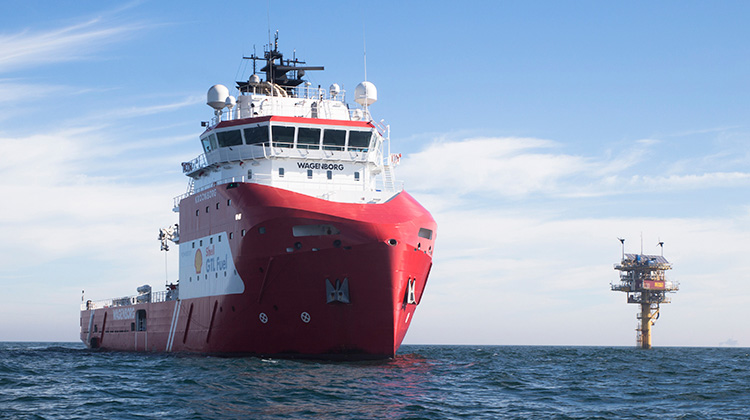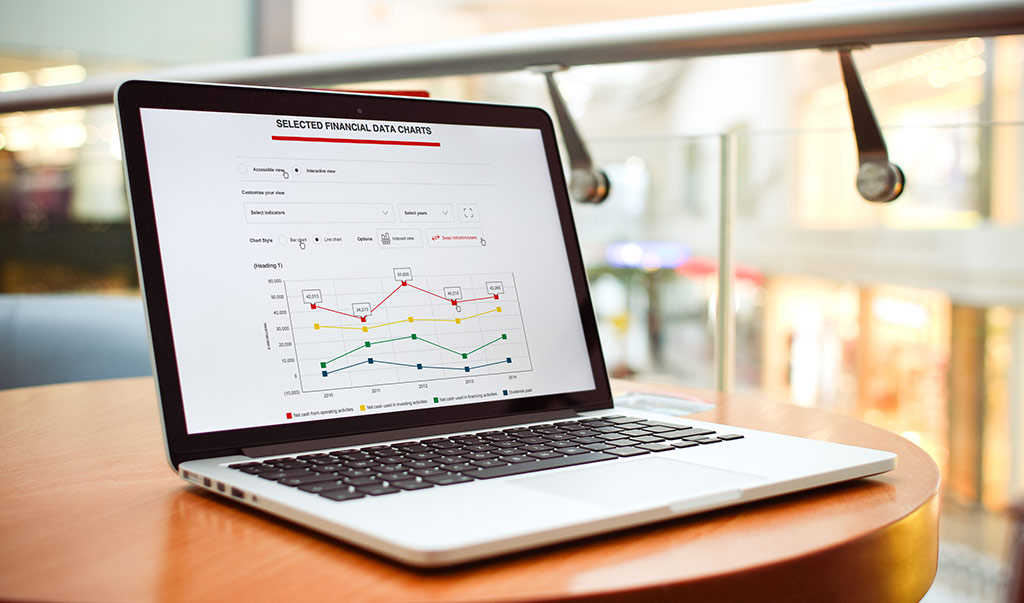
Energy transition
A transition is underway to a global lower-carbon energy system. Managing this transition is complex: all types of energy will be required to meet the needs of a growing population with rising living standards, yet that energy needs to be less carbon-intensive.
Societies can speed up their energy transitions. For example, by expanding the use of renewable energy, using cleaner-burning natural gas to replace coal, and increasing the use of carbon capture and storage.

50%
Share of our production that was natural gas in 2016

70 million tonnes
Direct GHG emissions from facilities we operate on a CO2 equivalent basis in 2016

1 million tonnes
Amount of CO2 captured by Quest





